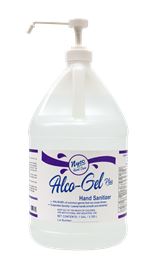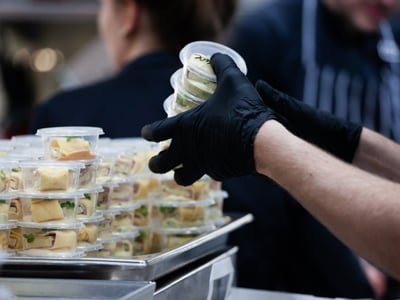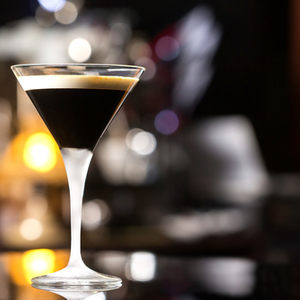Eight Frozen Cocktails for the Winter Months
Does your bar blender gather dust from November through April, only to roar back to life when it’s margarita season? This winter, put the blender back to work by mixing some frozen cocktails that will invigorate your cocktail program. Frozen Cocktails for the Winter Months may sound like an oxymoron. BUT! There is a secret to selling frozen drinks in winter. And it is simple – you just need to channel your customers’ seasonal moods. In the article below originally posted by our factory partners Hamilton Beach Commercial, we will tell you how.
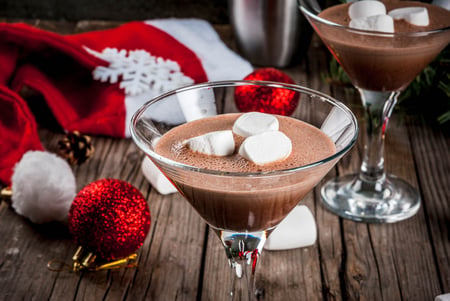
But first, remember the basics of successful drink blending: Always put liquid ingredients in the jar first. Follow by adding solid ingredients such as fruit and ice. And for a consistent blend every time, invest in a powerful, commercial-quality bar blender.
Festive frozen cocktails for December
In December, everyone’s in the holiday mood. Flavors of the season include peppermint, chocolate, orange, cinnamon, allspice, nutmeg and ginger. And while most people associates the holiday month with warm drinks: hot toddies, hot buttered rum and hot chocolate, novelty always sells — so why not put an icy spin on traditional flavors?
- Frozen Hot Chocolate Martini – This recipe from Sandra Lee, made with hot cocoa mix and vanilla vodka, is as simple as it gets — and will warm chocolate lovers’ hearts.
- Frozen Dark and Stormy – This frozen cocktail from Delish is like Christmas in July: the gingery bite is appealing in winter, while the rum and lime evoke the tropics.
Virtuous frozen cocktails for January
In January, we’re all nursing an overindulgence hangover. No more chocolate. No more eggnog. And for the love of butter, no more cookies. At the same time, we’re not ready to trade our cocktails for swiss-chard smoothies just yet. Offer a frozen-cocktail menu that speaks to guests’ desire to cleanse their palates and start fresh. Or, since it’s Drynuary for some, why not serve refreshing mocktails?
- Frozen Gin and Tonic – Did you know that the gin and tonic was originally devised as a cure for malaria? Tonic water was invented to make bitter quinine powder, a malaria remedy, palatable to British colonists. They soon realized it was easier to drink if they added a healthy dose of gin. This medicinal drink is even better as a frozen winter cocktail. This recipe from Serious Eats is mixed in advance, speeding bar service.
- Frozen Cranberry Margarito – The happy child of a mojito and a margarita, this winter cocktail from Southern Living refreshes with tart cranberry, lime and a salt-sugar rim.
Tropical frozen cocktails for February
In February, we’re all feeling envious. Everyone is Instagramming their sunny getaways to Cabo or Cancun (or at least, that’s how it’s been in years past! Here’s hoping for travel to become the norm again – really soon!!!) Since we can’t get away due to the current world situation, we can at least enjoy a little taste of the tropics!
- Winter Margarita – We love this recipe from bartender Tristan Willey, which includes an egg white, reposado tequila and mezcal: “It gives you those summer flavors,” he says, “but with the thickness of the body and the smoke of the mezcal.” Willey says to shake with ice, but we suggest blending for a frozen treat.
- Kahlua Colada – This frozen cocktail recipe, originally from Bartender Magazine, has been a runaway hit on Hamilton Beach Commercial’s blog for two years running. The combination of rich Kahlua with coconut and pineapple is unusual, but it works.
Irish frozen cocktails for March
With spring right around the corner, your guests are feeling optimistic. And Irish. Very Irish. But blended cocktails don’t need to be green to be perfect for the season.
- Frozen Irish Coffee – The French Quarter bar Erin Rose lays claim to inventing this delectable frozen drink, although the owners won’t divulge the recipe. Bar manager Rhiannon Enlil tells Imbibe magazine it’s made with local dairy, local coffee, brandy and coffee liqueur, then sprinkled with coffee grounds. This version, made with whiskey, hails from the Hinky Dinks bar in Sydney.
- Spiced Clover Shake – This blended combination of beer and chocolate ice cream is unconventional, but delicious. The recipe, originally from Monin, calls for amber beer, but we think Guinness or another Irish stout would work beautifully.
And voila — it’s spring again. Time to start blending margaritas…
Original post: So Cold They’re Hot: Eight Frozen Cocktails for the Winter Months


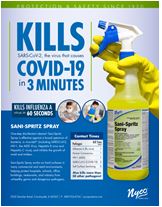 The
The 